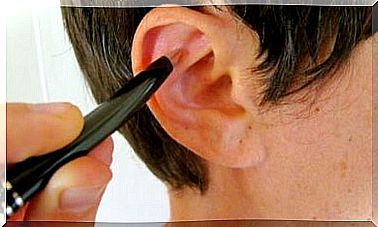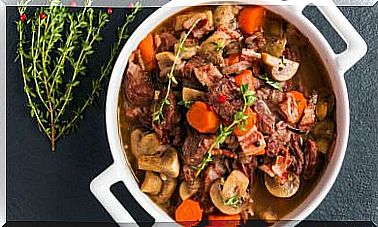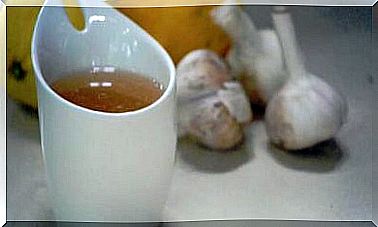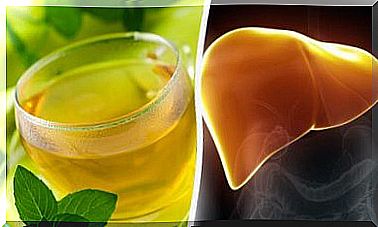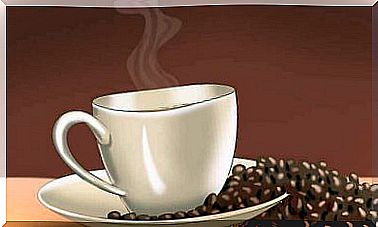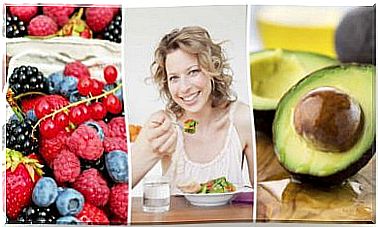Interesting Facts About Royal Jelly
There are many myths and truths about royal jelly. Is it a miracle cure for the aging process and a cure?
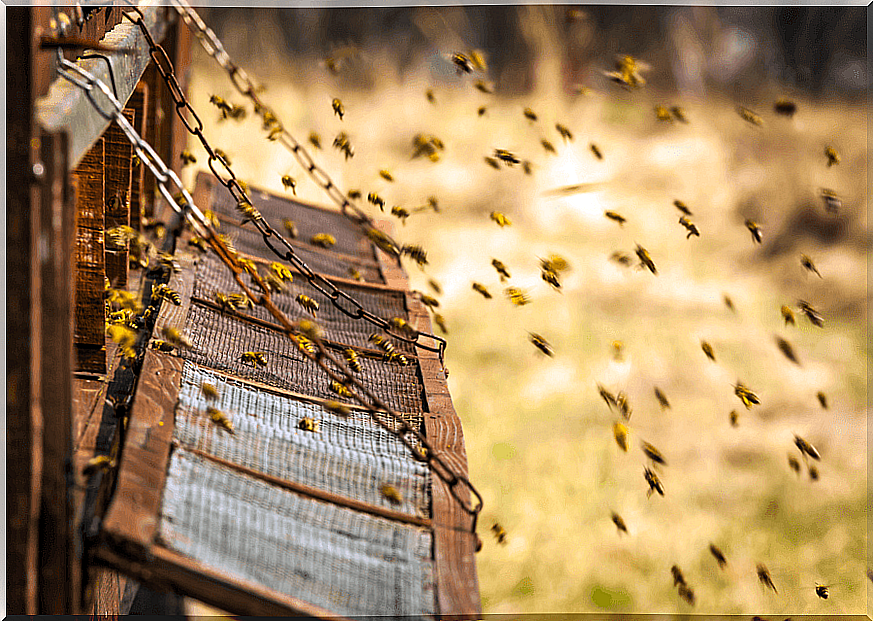
Royal jelly has been used as a miracle cure and remedy for many ailments and diseases for generations. Some beliefs can move mountains, but myths do not always get you as far as you think. What’s on the royal gel?
What is royal jelly anyway?
The future queen bees are raised in a beehive with royal jelly . Other names for royal jelly are therefore also “queen bee feed juice” or, somewhat shorter, “queen bee feed juice”. Only the bee larvae that will later become queen are fed with it.
In contrast to the bee larvae, which are later to become workers and are no longer fed royal jelly after a certain development stage, future queen bees receive the special feed juice during their entire development phase. As a result, queen bees grow larger than worker bees.
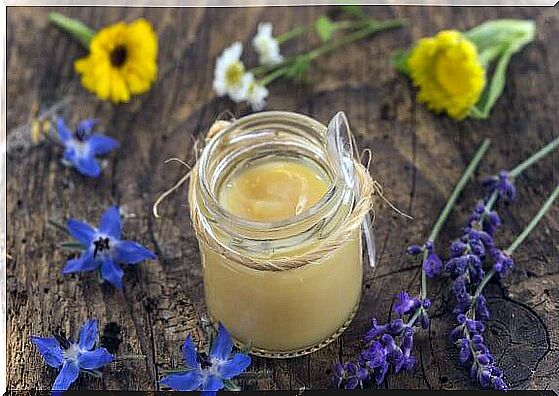
Ingredients
There are always new fairy tales entwined around the substances that make up royal jelly. Depending on the location of the beehive and depending on the beehive, the composition only differs in its proportions, but hardly in its individual ingredients. The four main components are:
- water
- sugar
- protein
- fat
The bee product therefore contains nothing other than what we humans need for our bodies. In addition, the feed juice contains minerals and trace elements, as well as the following vitamins:
- Thiamine (vitamin B1)
- Riboflavin (vitamin B2)
- Pyridoxine
- Niacin (vitamin B3)
- Pantothenic acid (vitamin B5)
- Biotin (vitamin B7)
- Folic acid (vitamin B9)
You can see that it is all about B vitamins and that the often faked “vitamin abundance” turns out to be quite one-sided. The so-called “juvenile hormone” that is also contained sounds like “eternal youth”, but only determines the moulting of insects and has nothing to do with increased life expectancy.

Where does the feed juice come from?
Basically, the fodder sap is made by the worker bees who are busy rearing the bee larvae. So that we humans can gain the special juice, the bee colony must be robbed by opening the honeycombs in which the future queens will grow and removing the juice from them.
The larvae die as a result, which is a great burden and stress for the bee colony, so that European beekeepers only very rarely obtain royal jelly.
If you buy a product with the feed juice nowadays, it usually comes from China and is of the lowest quality class, since there the bees are brought to “mass production” with additional feeding and no natural feed from nature is available to them.
Warning, allergy!
Royal jelly contains amino acids, i.e. protein building blocks that can trigger severe allergic reactions. If you are allergic to bee stings, you should refrain from using products with royal jelly.
Depending on the area of application, the allergic reactions range from asthma attacks, diarrhea, vomiting and skin swelling to a life-threatening allergic shock.
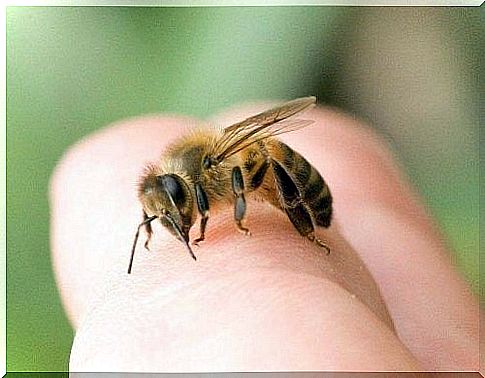
Application and effect
The feed juice is offered in many food supplements and also added to cosmetics. In skin creams, it is said to slow down skin aging and scavenge free radicals.
Used internally as ampoules or in dragees, the bee sap is supposed to supply the body with vitamins and protein and to protect body cells.
However, if you look at the composition listed above, it becomes clear that the “vitamin cocktail” is only about vitamins of the B group.
The much touted “high protein content” is negligible. With around 10% protein content in royal jelly, you would have to drink 200ml of the feed juice to absorb the protein (20-25g) necessary for a single meal.
Furthermore, there is no scientific evidence that the feed juice can really do more than make queen bees out of bee larvae. Neither the protection against aging processes nor a strengthening of the immune system could be proven.
Vitamin B against stress
In the course of today’s stressful everyday life, it is recommended to take in many B vitamins. Since royal jelly contains B vitamins, the bee sap is always in focus. However, if you have a balanced diet, you can get all your vitamins and minerals from a daily mixed diet without using dietary supplements.
If you eat enough whole grain products, nuts, legumes and dairy products, you will cover your need for vitamins of the B group automatically and you will not have to resort to expensive bee feed. Save the money and cook healthy and balanced!

